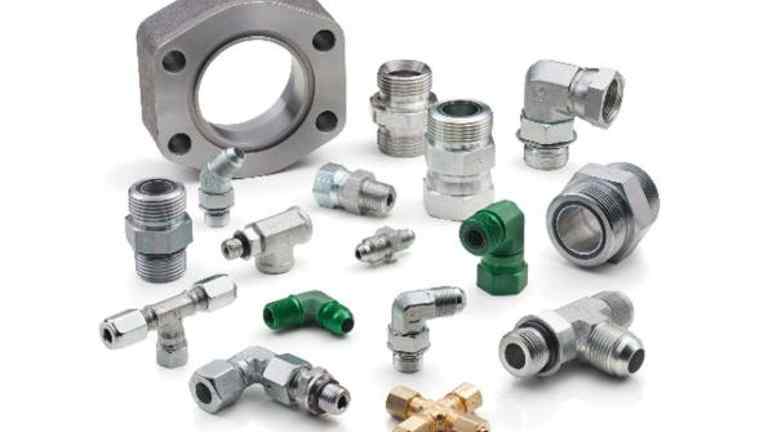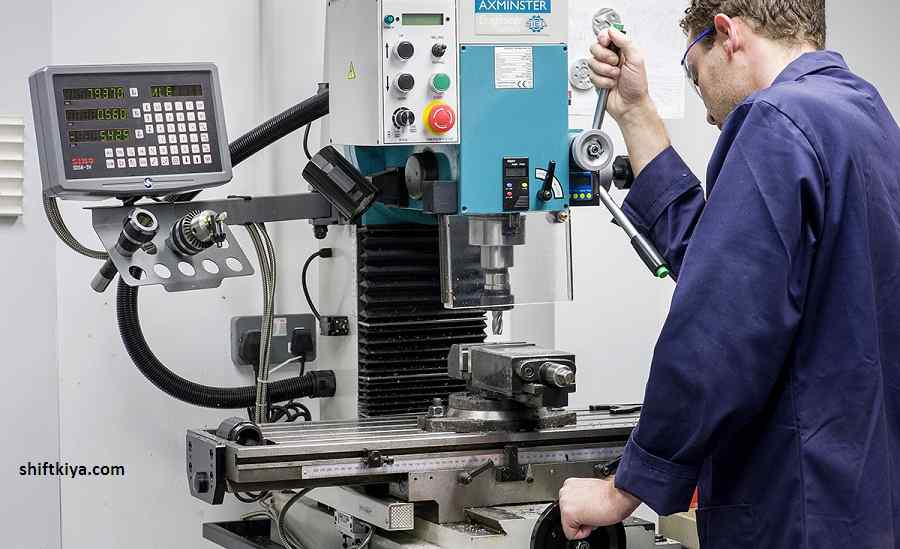An effective and working hydraulic system is important when you are completing a task or a job. Without a functioning hydraulic system, your operation could come to a halt for several days or weeks.
This is why you must have all the appropriate components for a hydraulic system, which includes hydraulic fittings made by reputable companies, such as Hydraulic Online.
Despite being an important component of a hydraulic system, fittings are often overlooked. Because of this, the quality of work is compromised and puts your whole operation at risk. To address this issue, this article will talk about hydraulic fittings and the essential things you need to know about it.

Table of Contents
What are Hydraulic Fittings?
According to an article by Global Spec, hydraulic fittings are components used to connect pipes, tubes, and hoses to a hydraulic system. Hydraulic fittings are significant because they help in making hydraulic systems effective, operate safely, and reliable.
Hydraulic fittings are so important that there are strict standards that companies need to adhere to regarding hydraulic fitting construction, pressure ratings, as well as dimensions.
If you have any upcoming projects or operations, you should not take hydraulic fittings lightly, and you should only buy from trusted and reliable companies, such as Hydraulic Online.
What are the Different Types of Hydraulic Fittings?
Several different types of hydraulic fittings are categorised depending on the function it performs and the connection type. Some of these types include the following:
Standard Compression Fittings. This type of hydraulic fitting uses compressive force to connect the hydraulic system vessel to the fitting. It mainly uses rings and gaskets to create a seal on the system using compression.
Crimp Fittings. This type of hydraulic fitting consists of a hose over a tubular end while crimping it with a ring, crimp socket or sleeve.
End Fittings. The main purpose of this type of fitting is to provide a particular surface for the connecting vessels found in hydraulic systems.
What Is the Importance of Hydraulic Hose Fittings?
In a nutshell, hydraulic hose fittings are important because it contains the flow of fluid in a hydraulic system. Because of hydraulic hose fittings, leaks are prevented, and pressure is maintained within the system.
Hydraulic hose fittings are also responsible for connecting the different components of a hydraulic system, which include tubes, pipes, pumps, valves, and cylinders.
What are the Different Materials Used for Hydraulic Hose Fittings?
Hydraulic hose fittings are made from different materials that have different benefits and advantages. Some of these materials include the following:
Plastic. The plastic used for hydraulic hose fittings is not the flimsy plastics you see every day. Plastic hydraulic fitting materials include polyethylene, polypropylene, poly-vinyl-chloride, and fluororesin.
Aluminium. This material is commonly used for hydraulic fitting in plumbing operations because of its characteristic of having high corrosion resistance. It is often combined with copper, zinc, or manganese to increase its durability and strength.
Stainless Steel. Because it is highly heat-resistant, this hydraulic fitting material is usually found in industrial and commercial applications.
Brass. Arguably the strongest and most durable hydraulic fitting material. It also has great temperature ductility and conduction properties.
Conclusion
Fittings are a significant component of hydraulic systems that make it highly-functional, which is why it is something that you should invest inappropriately. Nowadays, there is no shortage of hydraulic fittings in the market.
However, you should only contact reputable hydraulic fitting sellers for high-quality products that are not counterfeits, and won’t put your operations at risk of having unwanted scenarios or accidents.

 How to Prep Your Home for Sale: Tips on Passing Inspection
How to Prep Your Home for Sale: Tips on Passing Inspection 6 Tips for Choosing the Best Water Damage Restoration Companies
6 Tips for Choosing the Best Water Damage Restoration Companies Eight Automobiles of Toyota that are available in market with 99% of Leather Interior
Eight Automobiles of Toyota that are available in market with 99% of Leather Interior RSOS-CONSIDERATIONS WHEN PURCHASING A MILLING MACHINES
RSOS-CONSIDERATIONS WHEN PURCHASING A MILLING MACHINES